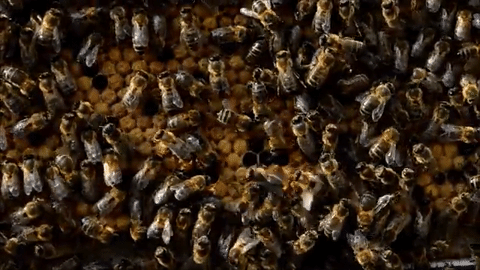BEES IN THE CITY

We are investigating the factors affecting bees living in urban areas by studying the three main threats to bees - lack of forage, disease and pesticides - in relation to urbanisation. To do this, we have been collecting samples from existing hives with the help of beekeepers from across the South East of England.
Specifically, we are interested in differences in the following aspects of bee health and behaviour between urban, suburban and rural bees:







POLLEN
FORAGING
NOSEMA
VARROA
OVERWINTERING
PESTICIDES
COLONY
SUCCESS
Waggle dance
The waggle dance is a unique behaviour of honeybees that allows foragers returning to the hive to tell other bees about the location of flower patches, so that nestmates can find the same resources. A bee performs a figure-of-eight dance on the honeycomb, vibrating her body in the middle of each run.
The angle from directly up at which she vibrates her body refers to the angle away from the sun that the flowers are located.
The duration of the waggle run refers to the distance away from the hive that the flowers are located: 1 second = 600m.
Scientists can decode these dances and find out where bees have been foraging. This helps us answer questions about the landscape, such as where honeybees find food in cities.

In another experiment, we are using the waggle dance to investigate the effects of urbanisation on honeybee foraging
Video: LASI Bee Research

